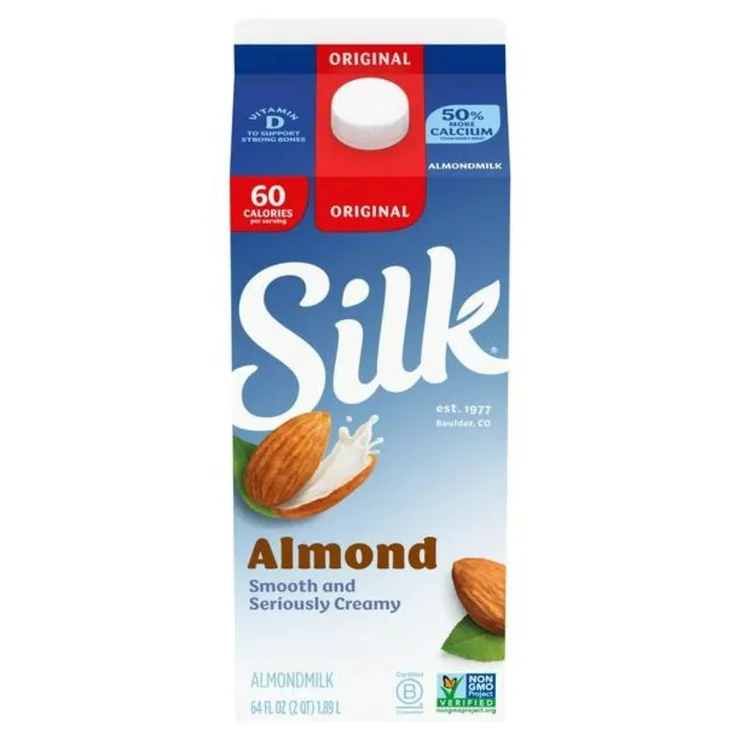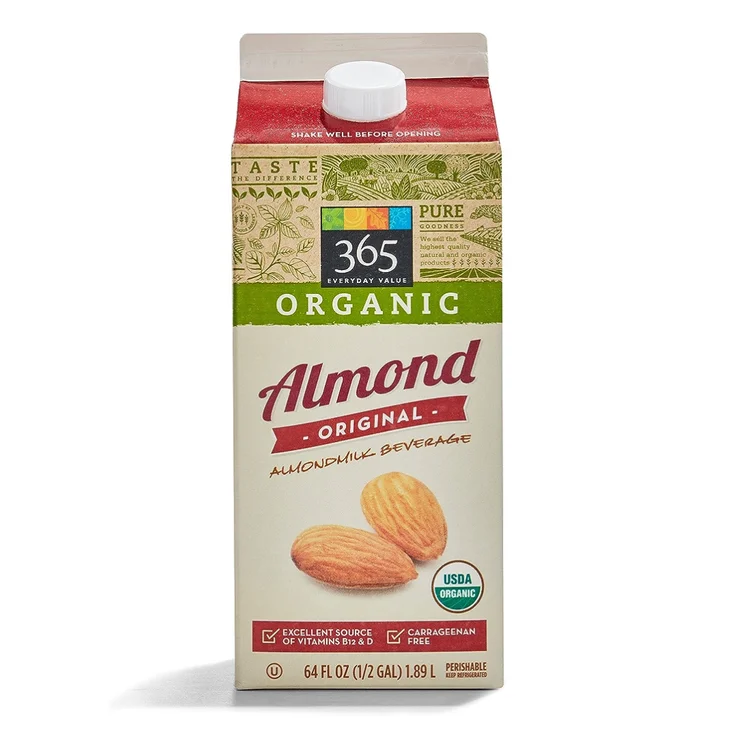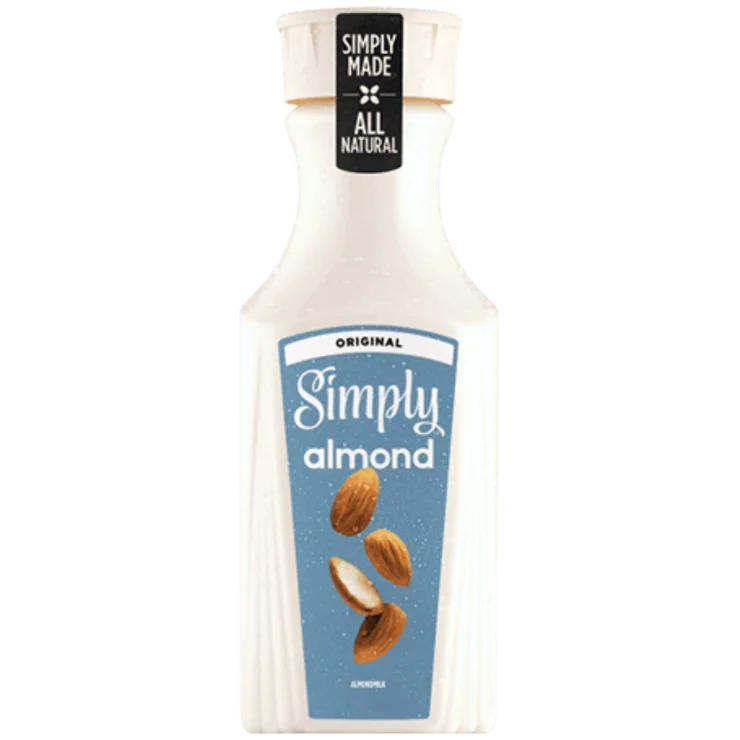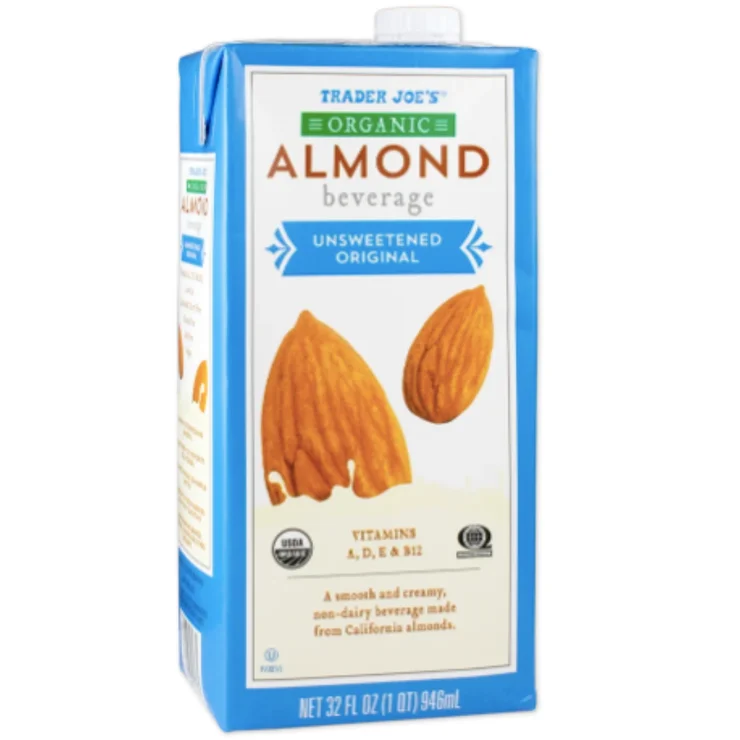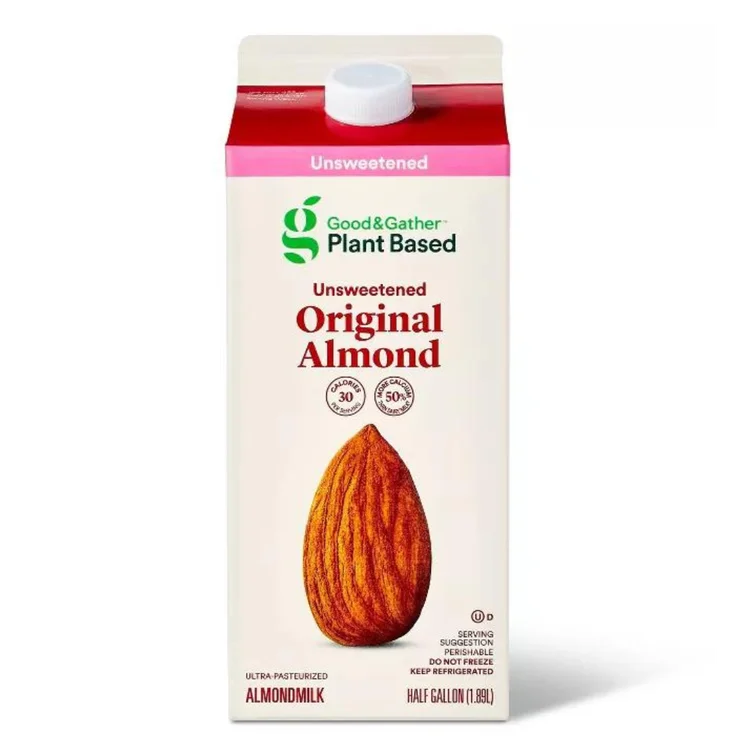If you’re sensitive to dairy like me, almond milk is your best friend. It’s tasty, versatile, and incredibly healthy. But narrowing down your go-to almond milk may take some trial and error.
What started out as just Silk and Almond Breeze in the milk aisle is now a market that has expanded to include dozens of varieties, each with their own unique flavor and nutritional profile.
In this article, we’ll discuss the pros and cons of ten popular almond milks, and reveal which ingredients you may want to avoid.


